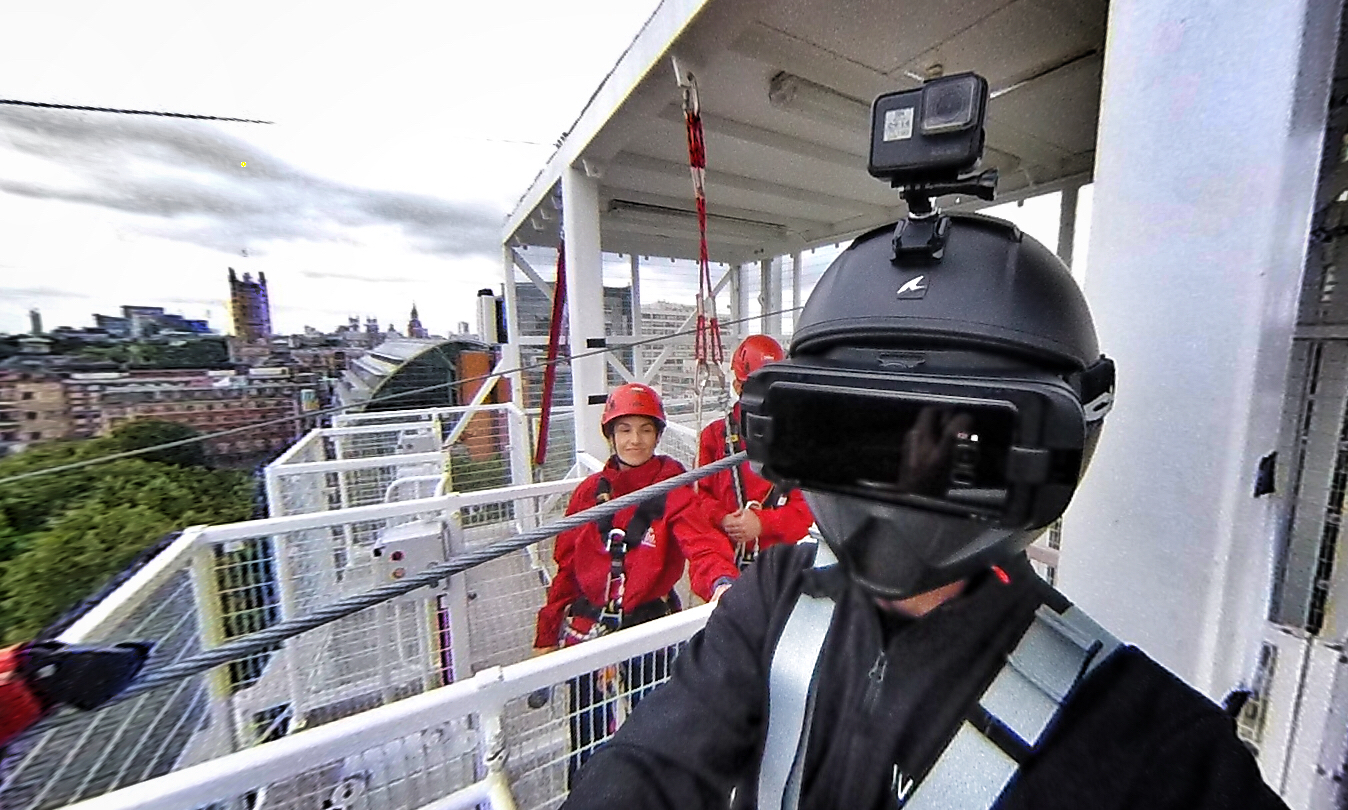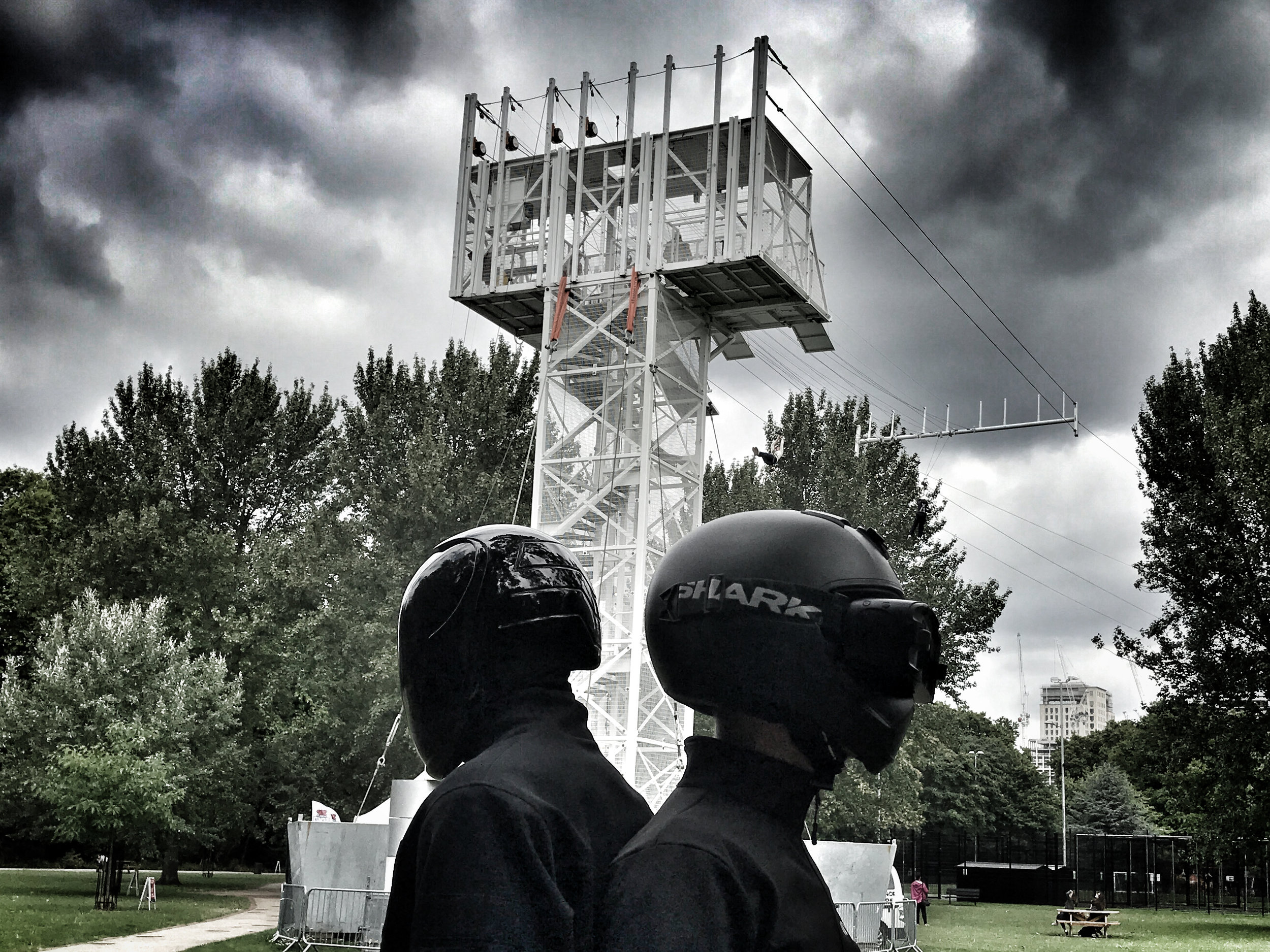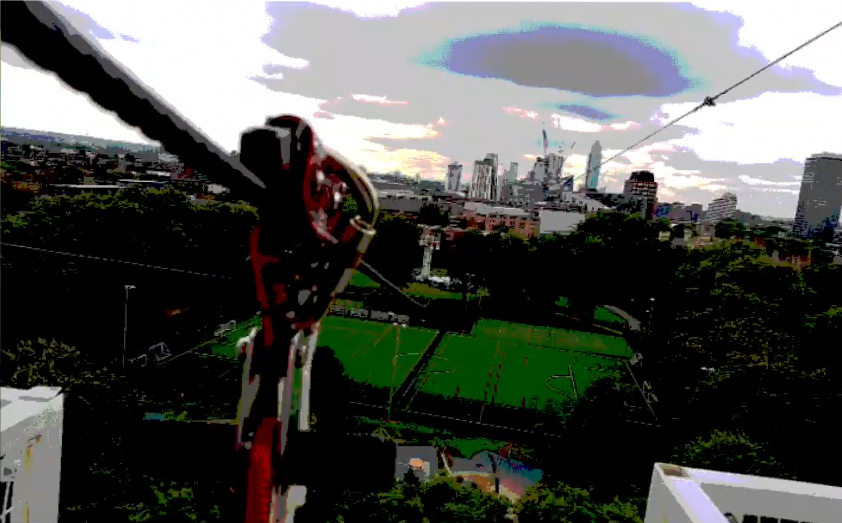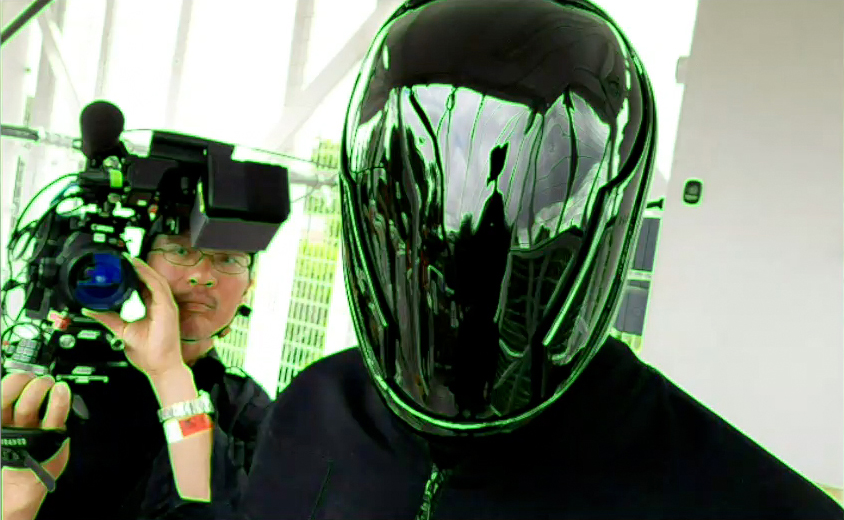The Reality Industry has spent the past six years talking about ‘next year’. Every year. We’ve been proposing potential and identifying opportunities for an audience keen to invest, dedicate time, effort and resources, without offering much in return. So, is 2020 the big year for consumer VR and AR?
I’m a man of few words. You may disagree if you’ve read some of my blog posts or seen any of my longer event keynotes – but I believe in actions, they speak far louder than words.
The thing about immersive experiences is that to really appreciate them, you need to be immersed. Sounds simple but it’s not when we share so much digitally. Using video to tell stories about the benefits of VR therapy or AR for industrial solutions is a powerful tool in a marketers armoury – and they’re far more effective than simply creating the technology and hoping your audience will view it or adopt it.
Until now, the Reality (XR) Industry has been hobbled by the hardware – from low-end phone-based headsets to expensive desktop PCs with their wired units. This, in a wireless world where we’re all trying to escape from desktop tethers whilst demanding higher and higher resolution and ergonomic comfort. These expectations aren’t unreasonable because we’re used to technology advancing at a breakneck pace.
Thankfully, Oculus launches its Quest VR headset next week for £399, a 6 DoF (Degrees of Freedom) device with hand controllers, unencumbered by phones, PCs or wires and empowering the user to move freely within the real world to navigate the virtual, unlike the cheaper Oculus GO that has you rooted to the spot.
You’ll be told there are better headsets on the market, even by Oculus. Some are cheaper, others with faster processors and higher resolution but none stand a better chance of changing hearts and minds and reaching the largest audience than the GO – if the story is told in the right way: A tale of magic and wonder and learning and discovery wrapped up in out-of-this-world experiences. Not Virtual Facebook. I’ve spent more time in VR than most and Facebook is the last thing I want to experience in any reality.
So what about consumer Augmented Reality? I’m not going to list all the headsets/glasses but Hololens and Magic Leap look stupid and are way beyond consumer pricing, Vuzix Blade looks cool but is still $1,000 and ODG and Meta are no more. Those price points are still too high for anyone other than early adopters, so use your phone (because it has always been AR-ready) for social cosplay, apps for way finding and beyond, then throw in a Lenovo Jedi Challenges Lightsaber, because it’s an awesome demonstration of consumer AR capability with haptic feedback and multiplayer mode.
Alternatively, you could combine VR and AR as I did in my XR Immersion Suit on the world’s fastest city zip wire in London for a Vice documentary or during my Digital Freedom Festival keynote ‘Blurred Line Between Man and Machine’
Both utilise VR headsets for maximum Field of Vision (FoV) using their built-in cameras to offer an augmented view of the real world around us. These actions do indeed speak louder than words as the research delivers the message that we’re not there yet – the world needs stunning (and life-changing) content to add value, depth and relevance if we’re going to engage and retain a consumer audience for both VR and AR. You can’t hope to tick some of the boxes and still be successful – you need them all. Effective video storytelling not only raises awareness of XR content, it tells your audience where it is, why it exists and how it is relevant to them.
However, stunning VR or AR content alone simply isn’t enough if it doesn’t encourage an audience to return to it or go out into the real world and act upon it. Don’t be afraid to ask the question “why?” at ANY stage – or your audience will instead.
Is 2020 finally the ‘year of XR’ for consumers?
Yes.
Why?






